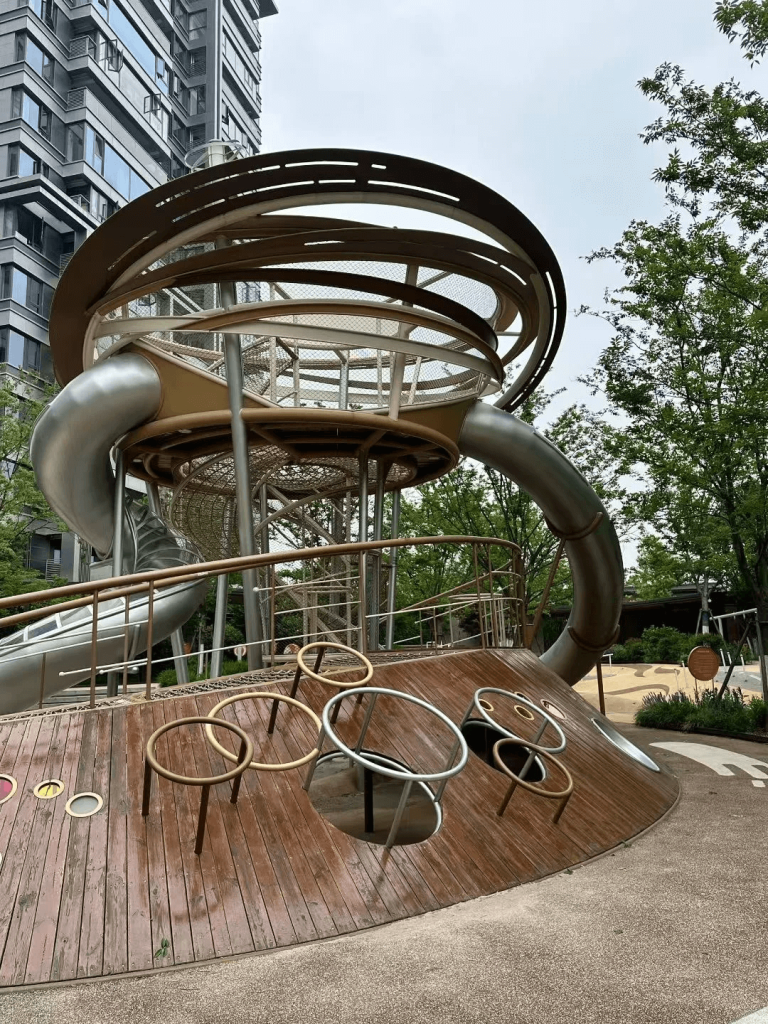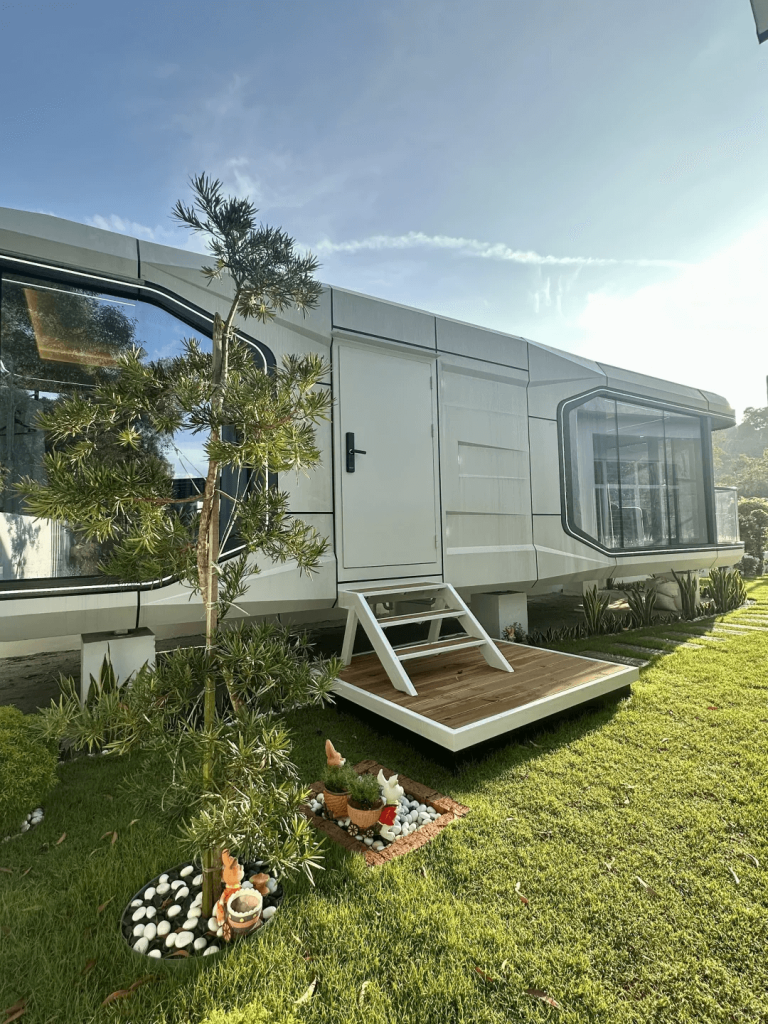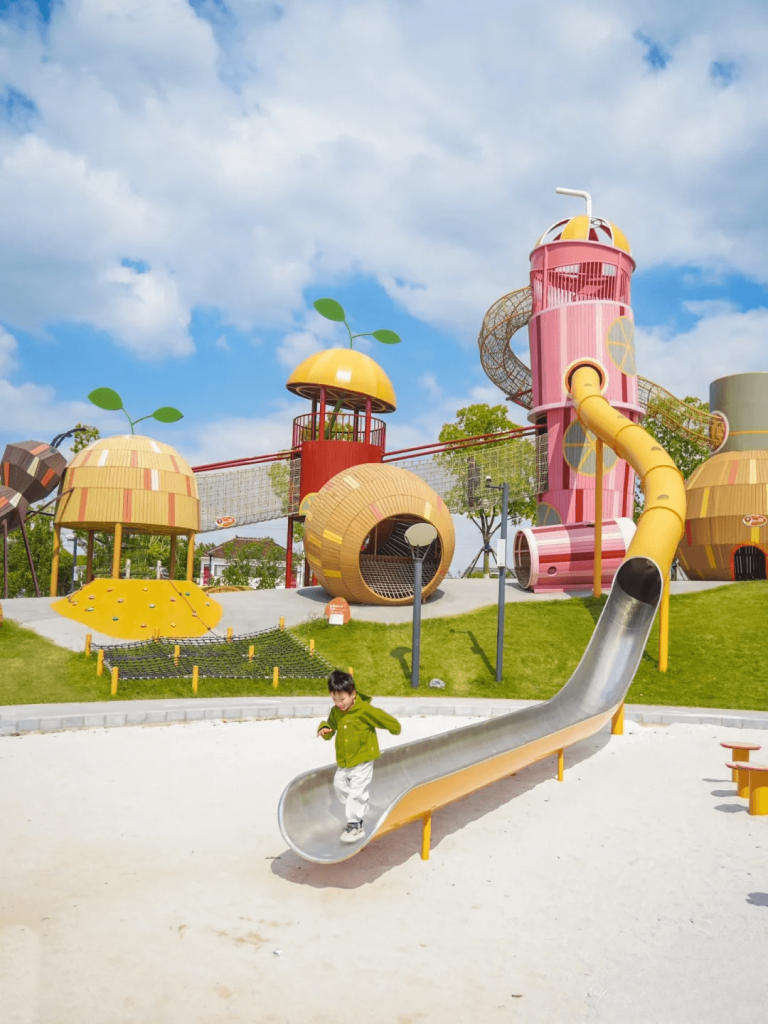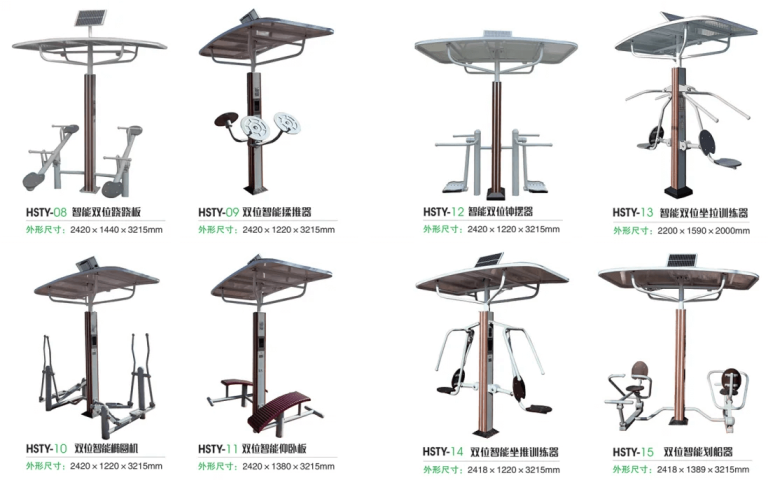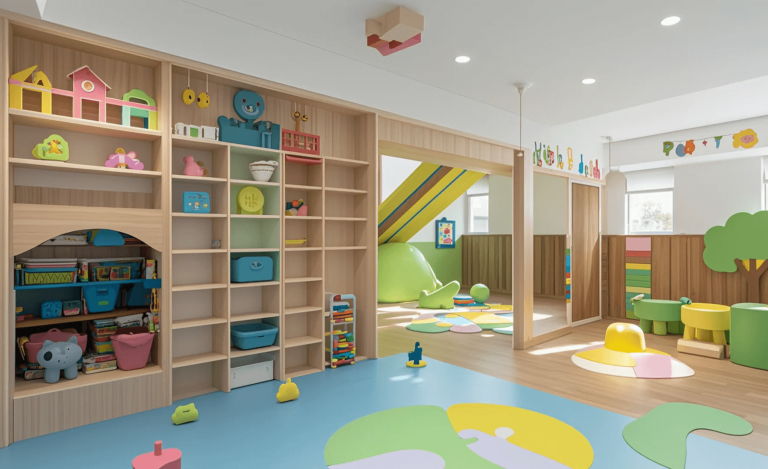6 Compelling Reasons Why Community Fitness Equipment is a Game-Changer
Public parks and shared spaces are no longer just for picnics or leisurely strolls. With the rise of outdoor fitness zones, communities worldwide are discovering how accessible exercise equipment transforms neighborhoods into hubs of wellness. Below, we break down six undeniable reasons these installations are becoming non-negotiable for modern living—and why your community needs them.
1. Democratizes Health Access
Gym memberships and home equipment are costly luxuries for many. Community fitness stations erase financial barriers by offering free, 24/7 access to resistance machines, cardio gear, and stretching stations. For retirees, students, or families on tight budgets, this levels the playing field for staying active. A study by the National Recreation and Park Association found neighborhoods with outdoor fitness zones report higher rates of physical activity across income levels.
2. Fights the Sedentary Lifestyle Epidemic
Desk jobs, screen time, and car-centric routines have turned sitting into a public health crisis. Strategically placed equipment—like elliptical trainers near playgrounds or pull-up bars along jogging paths—encourages spontaneous workouts. Unlike intimidating gyms, these low-pressure setups invite beginners to try strength training or balance exercises during a walk.
3. Builds Social Bonds (Not Just Muscle)
Outdoor gyms double as social mixers. Parents chat while guiding kids through obstacle courses, seniors swap tips on resistance bands, and joggers spot each other on bench presses. This organic interaction combats loneliness, a factor linked to heart disease and depression. As one user in Melbourne noted: “I’ve made more friends here in six months than I did in years at my indoor gym.”
4. Boosts Property Values & Community Pride
Cities investing in fitness infrastructure often see ripple effects. A 2022 Urban Land Institute report tied outdoor fitness zones to increased foot traffic, safer parks, and higher nearby home values. Residents also take ownership—volunteering to maintain equipment or organize fitness classes—which fosters civic pride.
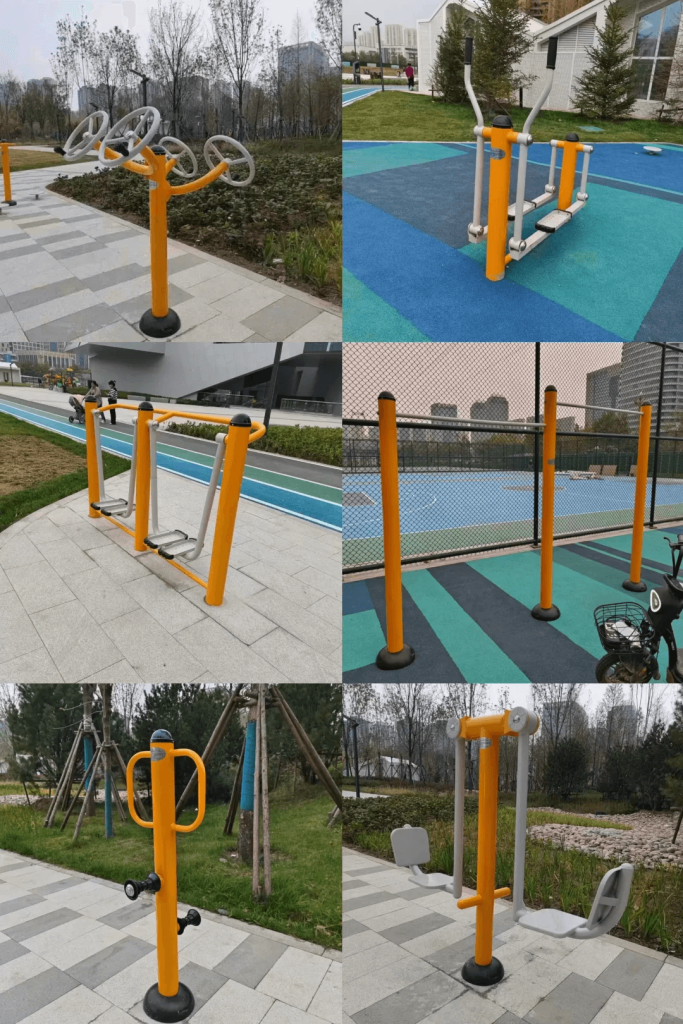
5. Encourages Multigenerational Play
Unlike traditional playgrounds that exclude adults, modern fitness zones cater to all ages. A grandparent can cycle on an air walker while grandkids tackle monkey bars nearby. This inclusivity promotes family workouts and models healthy habits for children. Bonus: Equipment like tandem bikes or partner resistance machines makes exercise a team effort.
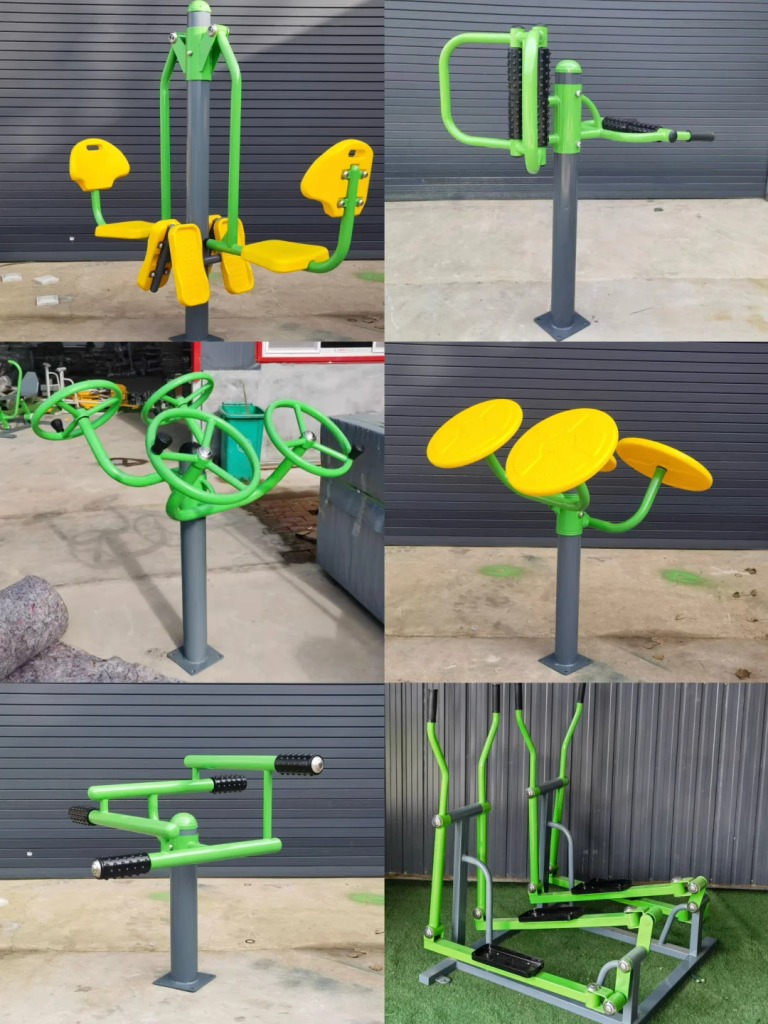
6. Reduces Healthcare Costs Long-Term
Preventive health saves money. The CDC estimates communities with robust fitness amenities spend 30% less on obesity- and diabetes-related care. Even small efforts add up: A UK council reported a 12% drop in residents’ blood pressure levels after installing outdoor gyms in low-income areas.
The Bottom Line
Community fitness equipment isn’t a luxury—it’s a smart investment in public health, social equity, and urban vitality. By blending functionality with inclusivity, these spaces empower people to take charge of their well-being without breaking the bank.
What’s Next? If your neighborhood lacks fitness infrastructure, rally local leaders or nonprofits. Share this article, host a town hall, or crowdfund starter equipment. After all, the strongest communities are those that move—and grow—together.

